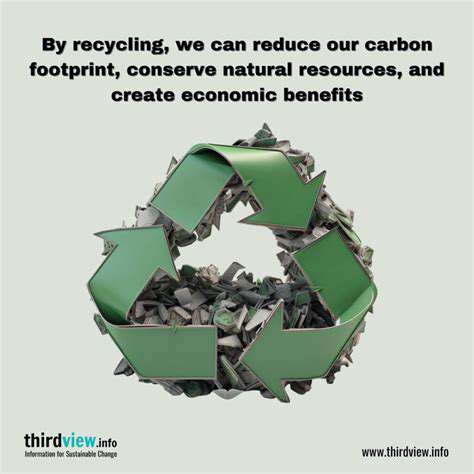Understanding the Tipping Culture in North America
In North America, especially the United States and Canada, tipping isn't just a courtesy—it's woven into the fabric of service industry compensation. While some view tips as optional rewards, they often form a critical part of workers' earnings. Visitors and residents alike benefit from grasping these unwritten rules, ensuring smooth interactions between service providers and customers.
Restaurant Tipping Etiquette
Dining out comes with clear expectations: 15-20% of the pre-tax bill is standard for table service. This benchmark adjusts based on service quality—stellar attention might deserve 25%, while lackluster service could warrant 10%. Regional variations exist too; major cities often expect higher tips than rural areas. The meal's entire experience—food quality, ambiance, and server attentiveness—collectively influences the final tip amount.
Hotel and Accommodation Tipping
Lodging establishments operate on a different tipping scale. Bellhops typically receive $2-5 per bag, while housekeepers appreciate $3-5 per night left daily (not at checkout). Concierges who secure hard-to-get reservations or tickets might merit $10-20. Unlike restaurants, these tips often go unnoticed if omitted, but significantly impact staff morale when given consistently.
Taxi and Ride-Sharing Tipping
The ride-hail revolution complicated tipping norms. While apps allow in-tip percentages, cash remains king for traditional cabs. A 15% tip compensates for standard service, but bump it to 20% for drivers who assist with luggage or navigate brutal traffic. For short rides under $10, many simply round up to the nearest $5.
Other Service Providers
Personal service providers—baristas, stylists, spa technicians—operate in a tipping gray zone. Coffee shops often have tip jars (50 cents to $1 per drink suffices), while salon staff expect 15-20% for haircuts. The key differentiator? Services involving personal touch or expertise command higher tips than transactional interactions.
Cultural Variations and Considerations
Tipping practices reveal cultural attitudes toward service work. Some view generous tips as redistributive justice, while others see mandatory tipping as shifting wage responsibilities to customers. Business travelers often tip more than tourists, while service regulars develop personalized tipping patterns with frequented establishments.
Avoiding Misunderstandings
When uncertain, observe locals or discreetly ask about customs. Carry small bills for spontaneous tips, and remember that genuine appreciation—verbalized with the tip—often means more than the amount itself. In contentious service situations, a modest tip with constructive feedback proves more effective than withholding entirely.

Mobile devices have become indispensable companions in contemporary life, revolutionizing content consumption and brand interactions. Forward-thinking design now mandates mobile-first approaches, optimizing interfaces for thumb navigation and glanceable information. This strategy not only enhances cross-platform usability but also enables rapid iteration to meet evolving user behaviors—a critical advantage in today's fast-paced digital landscape.

Africa: A Mosaic of Tipping Customs

Africa's Rich History
The continent's historical legacy spans from Egypt's pyramid builders to the medieval trading empires of Mali and Zimbabwe. These civilizations developed advanced mathematical systems, architectural techniques, and governance models that influenced global progress. Contemporary scholarship continues uncovering Africa's underappreciated contributions to world history.
Geographical Diversity
From the Atlas Mountains to the Okavango Delta, Africa's landscapes dictate lifestyles. The Sahara's traders developed intricate caravan networks, while Nile Valley cultures mastered floodplain agriculture—demonstrating how geography shapes civilization. This environmental variety also creates unique tipping contexts, from urban centers to safari lodges.
Cultural Tapestry
With over 3,000 ethnic groups speaking 2,000+ languages, Africa's cultural wealth defies simplification. Griot storytelling traditions preserve history orally, while Adinkra symbols communicate philosophical concepts visually. This diversity extends to service customs—what merits a tip in Nairobi might be offensive in rural Namibia.
Economic Potential
Africa's resources—from cobalt to arable land—position it as the 21st century's economic frontier. The African Continental Free Trade Area creates a $3.4 trillion market, while mobile money innovations like M-Pesa revolutionize financial inclusion. Strategic investments in education and infrastructure could unlock unprecedented growth.
Political Landscape
Post-colonial governance experiments range from Botswana's stable democracy to complex power-sharing arrangements. The African Union's conflict mediation efforts demonstrate growing regional cooperation. Political stability directly impacts service industries and tipping norms—tourists tip differently in peaceful destinations versus transitional states.
Social Structures
Ubuntu philosophy (I am because we are) underpins many African societies. Extended families function as economic units, and community elders often resolve disputes. These collectivist values influence service interactions—tips might be pooled among staff or declined as inappropriate in certain contexts.
Sustainable Development
Africa faces the climate paradox—contributing least to global warming yet suffering its worst effects. Initiatives like Kenya's geothermal energy projects and Rwanda's green cities demonstrate climate-smart development. Ecotourism models show how sustainable tipping practices can support conservation and local communities simultaneously.











